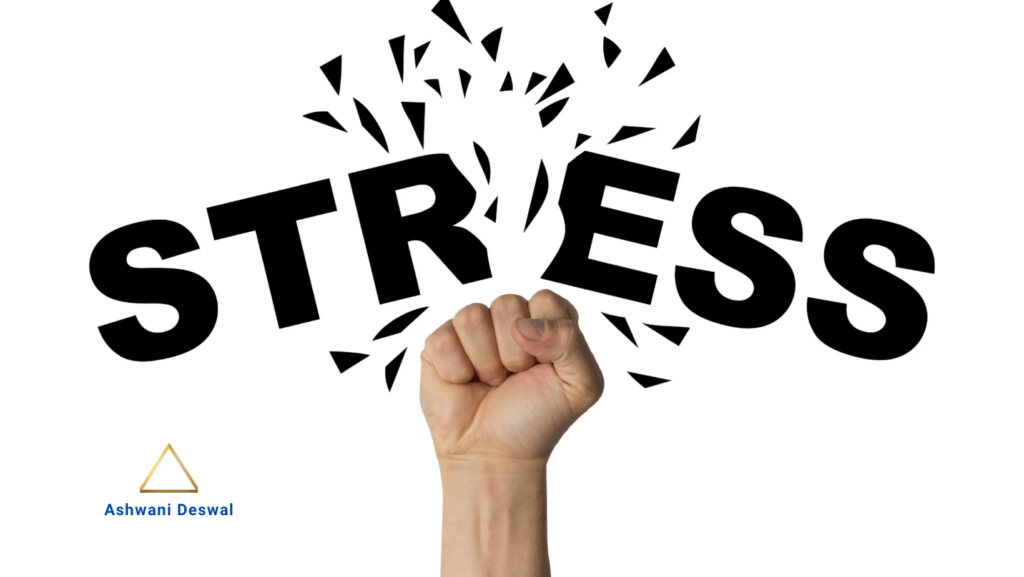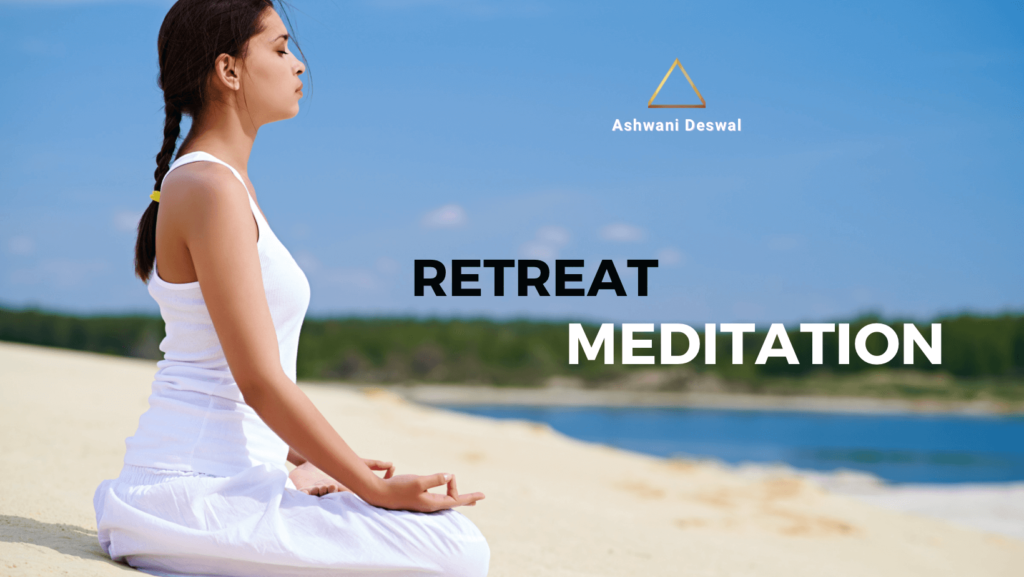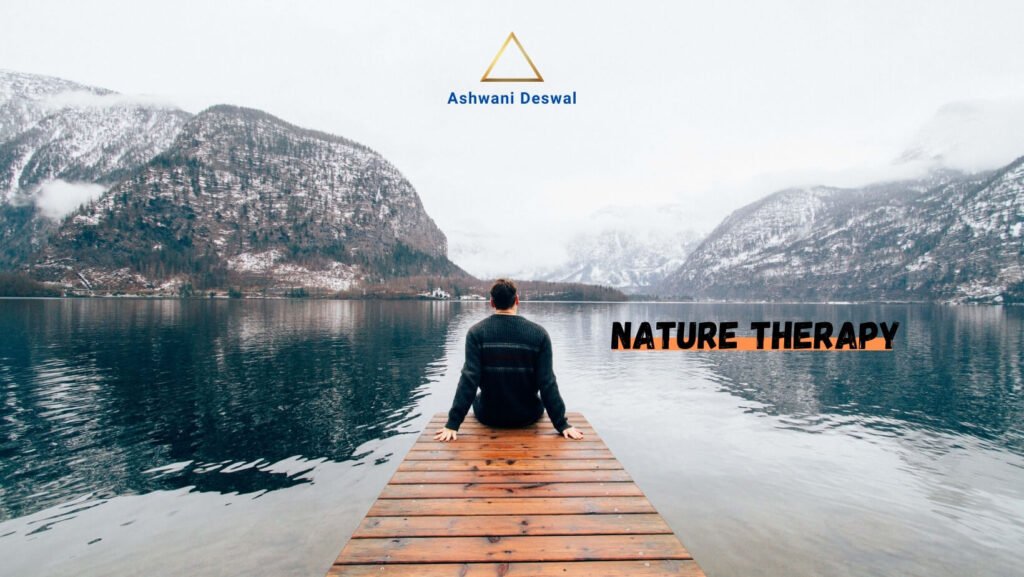Move for Joy: Find Your Fitness Flow in 3 Steps
Blog,Retreat Move for Joy: Find Your Fitness Flow in 3 Steps 17 May 2024 /MUKTYA Introduction In our modern, sedentary lifestyles, finding joy in movement can be challenging. Yet, regular physical activity is not only essential for our physical health but also plays a significant role in our mental and emotional well-being. Exercise has been shown to reduce the risk of chronic diseases, improve mood, boost energy levels, and enhance overall quality of life. However, starting or enhancing a fitness routine can feel daunting for many people. In this comprehensive guide, we’ll delve into the importance of regular physical activity, introduce different types of exercise and their benefits, and provide a simple three-step plan for finding your fitness flow. Whether you’re a beginner looking to kickstart your fitness journey or someone looking to reignite your passion for movement, these steps will help you discover the joy of being active and embrace a healthier, more vibrant lifestyle. The Importance of Regular Physical Activity: Regular physical activity is crucial for maintaining optimal health and well-being. Here’s why: Physical Health Benefits: Exercise strengthens muscles and bones, improves cardiovascular health, enhances immune function, and reduces the risk of chronic diseases such as heart disease, diabetes, and certain cancers. Mental Health Benefits: Physical activity is closely linked to improved mental health, as it helps reduce symptoms of anxiety and depression, alleviate stress, and boost mood. Exercise stimulates the release of endorphins, neurotransmitters that act as natural mood lifters. Emotional Well-being: Being physically active fosters a sense of accomplishment, self-confidence, and resilience. It provides a healthy outlet for stress and allows individuals to connect with their bodies and emotions. Different Types of Exercise and Their Benefits: There are various types of exercise, each offering unique benefits: Cardiovascular Exercise: Cardiovascular or aerobic exercise focuses on improving cardiovascular health and endurance. Activities such as walking, running, cycling, swimming, and dancing increase heart rate and breathing, improve circulation, and boost overall stamina and energy levels. Strength Training: Strength training involves lifting weights, using resistance bands, or performing bodyweight exercises to build muscle strength and endurance. Strength training not only increases muscle mass and bone density but also improves metabolism and helps prevent age-related muscle loss. Flexibility and Mobility Exercises: Flexibility exercises, including stretching, yoga, and Pilates, improve joint range of motion, reduce muscle tension, and enhance overall flexibility and mobility. These exercises promote relaxation, reduce the risk of injury, and improve posture and balance. A Simple Three-Step Plan for Finding Your Fitness Flow: Starting or enhancing a fitness routine doesn’t have to be complicated. Follow these three steps to discover your fitness flow: Set Realistic Goals: Begin by setting specific, measurable, and achievable fitness goals. Whether it’s increasing daily steps, completing a 5K run, or mastering a yoga pose, having clear objectives will keep you motivated and focused. Experiment with Different Activities: Explore various types of exercise to find activities that you enjoy and that fit your lifestyle and preferences. Try different cardio workouts, strength training exercises, and flexibility routines until you discover what resonates with you. Create a Consistent Routine: Consistency is key to making exercise a sustainable habit. Schedule regular workout sessions into your weekly routine, making them a non-negotiable part of your day. Aim for a mix of cardiovascular, strength, and flexibility exercises to ensure a well-rounded fitness program. Motivational Tips and Success Stories: Staying motivated is essential for sticking to your fitness routine. Here are some tips to keep you inspired: Find Your Why: Identify your reasons for wanting to be more active and remind yourself of them regularly. Whether it’s improving your health, reducing stress, or setting a positive example for your loved ones, connecting with your motivation will keep you focused and determined. Celebrate Small Wins: Acknowledge and celebrate your progress, no matter how small. Each workout completed, each milestone reached, and each healthy choice made is a step in the right direction. Celebrate your achievements and use them as fuel to propel you forward. Find Support: Surround yourself with supportive friends, family members, or workout buddies who share your fitness goals and can provide encouragement and accountability. Joining a fitness community or online group can also offer motivation and inspiration. Mix It Up: Keep your workouts interesting and challenging by incorporating variety into your routine. Try new activities, classes, or workout formats to prevent boredom and plateauing. Mixing up your workouts also helps prevent overuse injuries and keeps your body and mind engaged. Resources for Staying Active and Motivated: There are countless resources available to help you stay active and motivated on your fitness journey: Fitness Apps: Explore fitness apps that offer workout routines, tracking tools, and motivational support. Apps like MyFitnessPal, Strava, and Nike Training Club provide a wealth of resources and a supportive community to help you reach your goals. Online Workouts: Take advantage of online workout platforms and streaming services that offer a wide variety of fitness classes and workouts. From yoga and HIIT to dance and strength training, there are options for every fitness level and interest. Fitness Challenges: Participate in fitness challenges or programs that provide structure, accountability, and support. Whether it’s a 30-day fitness challenge, a virtual race, or a wellness program, joining a challenge can help you stay focused and committed to your goals. Local Resources: Explore local fitness studios, community centers, or outdoor recreational facilities for opportunities to stay active and engaged in your community. Many cities offer free or low-cost fitness classes, group workouts, and outdoor activities for individuals of all ages and fitness levels. Conclusion Finding your fitness flow is about discovering the joy of movement and embracing a healthier, more active lifestyle. By prioritizing regular physical activity, exploring different types of exercise, and following a simple three-step plan, you can unleash your potential and experience the countless benefits of being active. Remember that every step forward is progress, and every effort toward better health is worth celebrating. So, lace up your sneakers, roll out your yoga mat, or hit the
Move for Joy: Find Your Fitness Flow in 3 Steps Read More »








